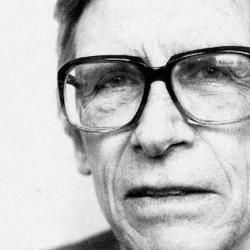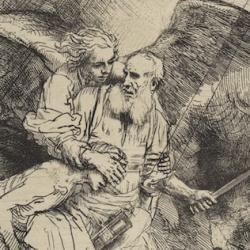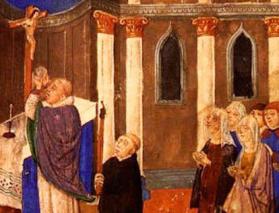Like another, better-known Jesuit, Robert Daly has a disarming way about him. What do you do with a Catholic who is as critical of private Masses as most Protestants? A Jesuit who says things like:
“It is common to describe lack of contact with tradition as one of the characteristic weaknesses of Protestantism. Massive adherence to tradition is indeed one of the stereotypical characteristic of Catholicism, and massive rejection of tradition is one of the stereotypical characteristics of Protestantism. But those stereotypes veil as much as they reveal. For many of the best reformation theologians were deeply sensitive to the patristic traditions and to the theological value of a consensus patrum. . . . No, the problem was deeper than this stereotypical polemical difference. It was . . . a general loss of contact with the first millennium. For all its differences and struggles, the first Christian millennium was generally characterized by an openness to plurality of meanings that, in the West, tended to get lost as the scholasticism of the twelfth and thirteenth centuries became dominant and developed into a narrow splinter tradition” (Sacrifice Unveiled, 142).
Daly is disarming in his criticism of Trent, which, he argues, defined the Mass as sacrifice but “did not explain or define precisely what it meant or understood by ‘sacrifice.’ That . . . was left for the theologians to argue about” (149). What post-Tridentine theologians did not have (nor Protestants of that era for that matter), Daly says, was a developed Trinitarian understanding of sacrifice according to which the resurrection of Christ plays as critical a role as the cross (149).















